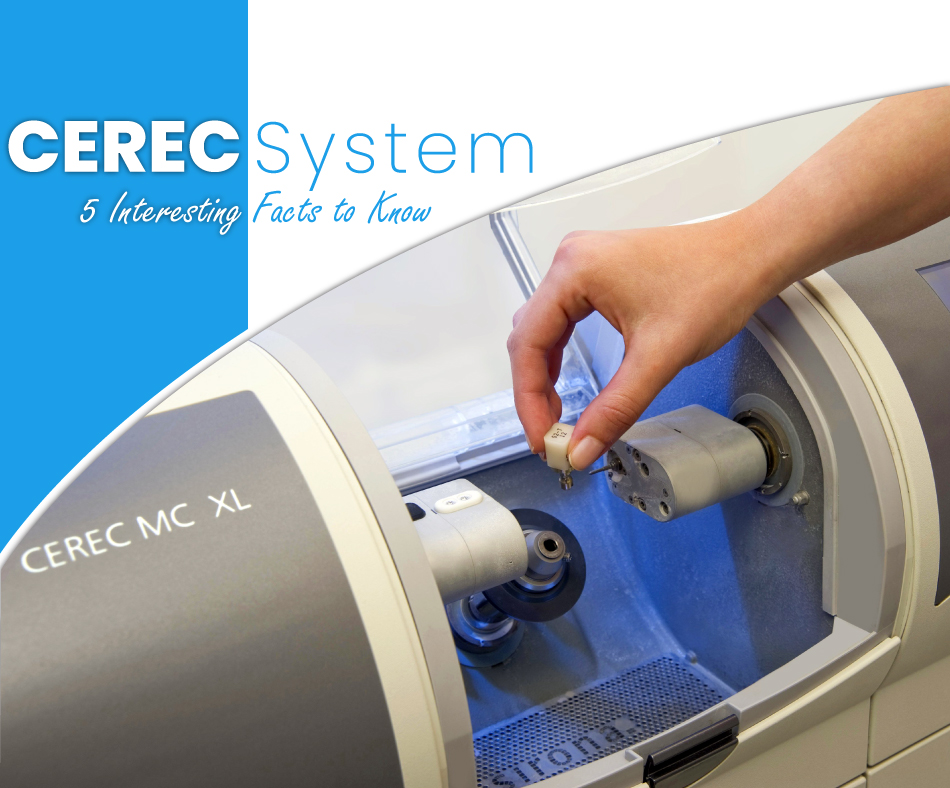Introduction
How quickly certain injuries heal is based on your level of fitness and your age as well. You will find that as you get older, it takes a little longer for you to feel better and for your muscles and tendons to get stronger as well.
Ideally, you don’t want to hurt yourself in the first place but many Australians want to get fit again so they push themselves a little harder than they really should.
Many of us forget that we haven’t been exercising properly for a number of years now due to the pandemic and so we rush right back into our normal routine and we end up hurting ourselves. This is when we need to reach out to our local physio to get us back on our feet in as short a space of time as possible.
Role of Water Physiotherapy in Injury Management
Water physiotherapy plays a significant role in injury management by harnessing the unique properties of water to facilitate rehabilitation.
Buoyancy in water reduces stress on joints and muscles, aiding in pain relief and promoting circulation, which accelerates healing.
Additionally, water provides natural resistance, enhancing muscle strength and range of motion during exercises.
The supportive environment of water allows for safe movement and balance training, crucial for recovering from injuries.
Moreover, the soothing nature of water promotes relaxation, reducing stress and anxiety associated with injuries.
Overall, water physiotherapy’s role is to offer a holistic approach to injury management to facilitate quicker recovery and improved outcomes.
Benefits of Water Physiotherapy
Many patients are now using a Freshwater physio who offers many services. As we all know, heat is good for any injury because it promotes blood flow and, on many occasions, the therapy happens in a heated swimming pool.
It offers you so many benefits for many different conditions and the following are just some of the healing properties that water provides for sports and other injuries.
- It reduces your pain – Due to the fact that the water gives you buoyancy, the pressure is taken off your joints and muscles and it makes you a lot lighter in the water. This will help to reduce any inflammation that you are currently experiencing because it helps the blood to circulate better and it also helps to get rid of the body’s toxins.
- It improves your mobility – You will find that your range of motion is much better when you are doing your physio in water and you will find that you will get your strength and coordination back much more quickly than you would outside the water. The water itself provides safe resistance and essential support for the affected area and it is also very effective for addressing any balance or posture issues that you might currently be experiencing as a result of your injury.
- It enhances your well-being – Water physio was created to help you to relax yourself both physically and mentally. There is something about the water that we all love and so when many of us go to the beach or to the local pool, we instantly feel better and the same applies here. Being in the water can help to release the feel-good chemicals that our brains provide us with and this will help to reduce your overall stress and anxiety levels.
You want to be able to recover and be rehabilitated as soon as possible so that you can get back to living your normal life and doing your normal exercise routine. Good physio helps to make the recovery much faster.
How Water Physiotherapy Gets Done?
This physiotherapy involves performing various exercises and movements in a pool under the guidance of a trained physiotherapist. So, here’s an overview of how water physiotherapy is typically done:
- Stage 1: Assessment and Planning: Before starting water physiotherapy, the physiotherapist assesses your condition, mobility, and specific rehabilitation goals. After that, based on this assessment, a customized treatment plan is developed to address the individual’s needs.
- Stage 2: Warm-Up: The session usually begins with a warm-up period, during which you will perform gentle movements and stretches to prepare the muscles and joints for the exercises ahead. This helps to gradually increase blood flow and loosen tight muscles.
- Stage 3: Exercises in the Water: Following the warm up, you get to perform a series of exercises and movements in the water, guided by your physiotherapist. These exercises may include walking or jogging in the water, leg lifts, arm circles, squats, lunges, and various range of motion exercises.
- Stage 4: Utilization of Buoyancy and Resistance: Now, you’ll utilize one of the key benefits of water physiotherapy which is the buoyancy provided by water. It reduces the effects of gravity on the body and allows for easier movement. Additionally, the water provides gentle resistance that helps you strengthen muscles without putting excessive strain on the joints.
- Stage 5: Balance and Coordination Training: Additionally, Water physiotherapy also include exercises focused on improving balance, coordination, and proprioception. These exercises may involve standing on one leg, performing heel-to-toe walks, or using floating devices for support.
- Stage 6: Cool Down: Similar to the warm-up, the session concludes with a cool-down period, during which you will perform gentle stretches and relaxation exercises to help prevent muscle soreness and promote recovery.
- Stage 7: Progression and Monitoring: In this final stage, the physiotherapist monitors your progress and adjusts the exercises as needed to ensure continued improvement. As your strength and mobility improve, the intensity and complexity of the exercises may be gradually increased.
Overall, physiotherapy, especially water physiotherapy offers a safe and effective way to rehabilitate injuries, improve mobility, and enhance overall physical function, making it a valuable addition to the comprehensive treatment approach provided by your physio.
Read More: How to Run in the Cold: A Fitness Guide















